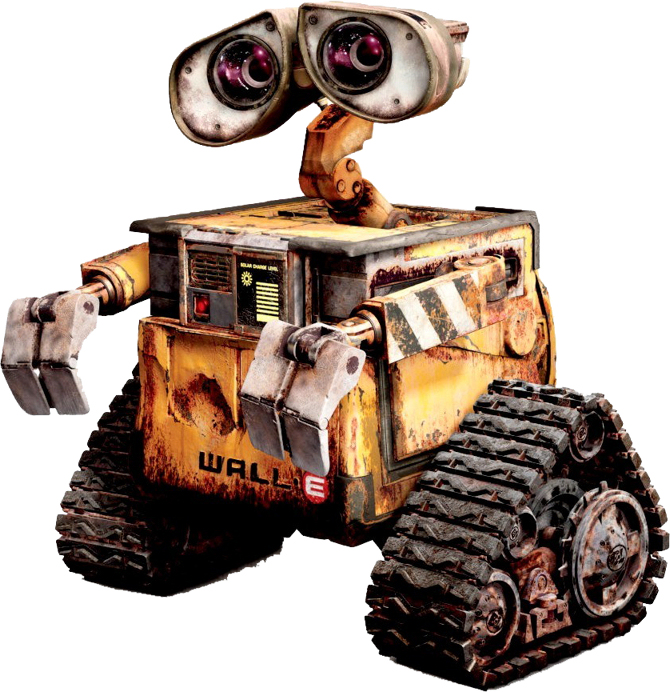

That sense of optimism is nowhere to be found in Silent Running. McCrea of the Axiom spaceship is found to be overjoyed about the prospect of returning to Earth – once he latches on to the idea of life outside of the Axiom’s walls, he’s eager to know more about the world. Optimism versus cynicismīeing a kids movie, Wall-E is a lot more optimistic in the end about humanity’s (post) post-apocalyptic future.

And a lot darker than the message that we get from Wall-E. The idea that apathy - along with corporate greed - has led to irreversible climate change feels frustratingly true to life. You only need to spot the branded food supplies aboard the ship to see these hidden messages. The film also implies that the Valley Forge and its endeavor has been funded by corporations as nothing more than a publicity stunt to curb their part in nature’s downfall. No-one, except Lowell, cares that the natural world is gone. See, in the world of Silent Running, it’s implied that after continued deforestation at the hands of corporate greed, society has found a way to live comfortably without nature, leading to a general sense of apathy. It all seems rather idyllic until you start to understand why these ships exist in the first place. The film centres around Freeman Lowell, a botanist living on the Valley Forge, which is just one of several spaceships that are equipped with multiple greenhouse structures containing plants, produce, wildlife and more. Just as with Wall-E, Silent Running positions space as a potential savior against climate change, but instead of shipping humanity off while robots are left to rummage through the mess, it’s the remaining wildlife that’s sent away to be cultivated by small groups of robots and humans alike, under the promise of someday returning to Earth.


 0 kommentar(er)
0 kommentar(er)
